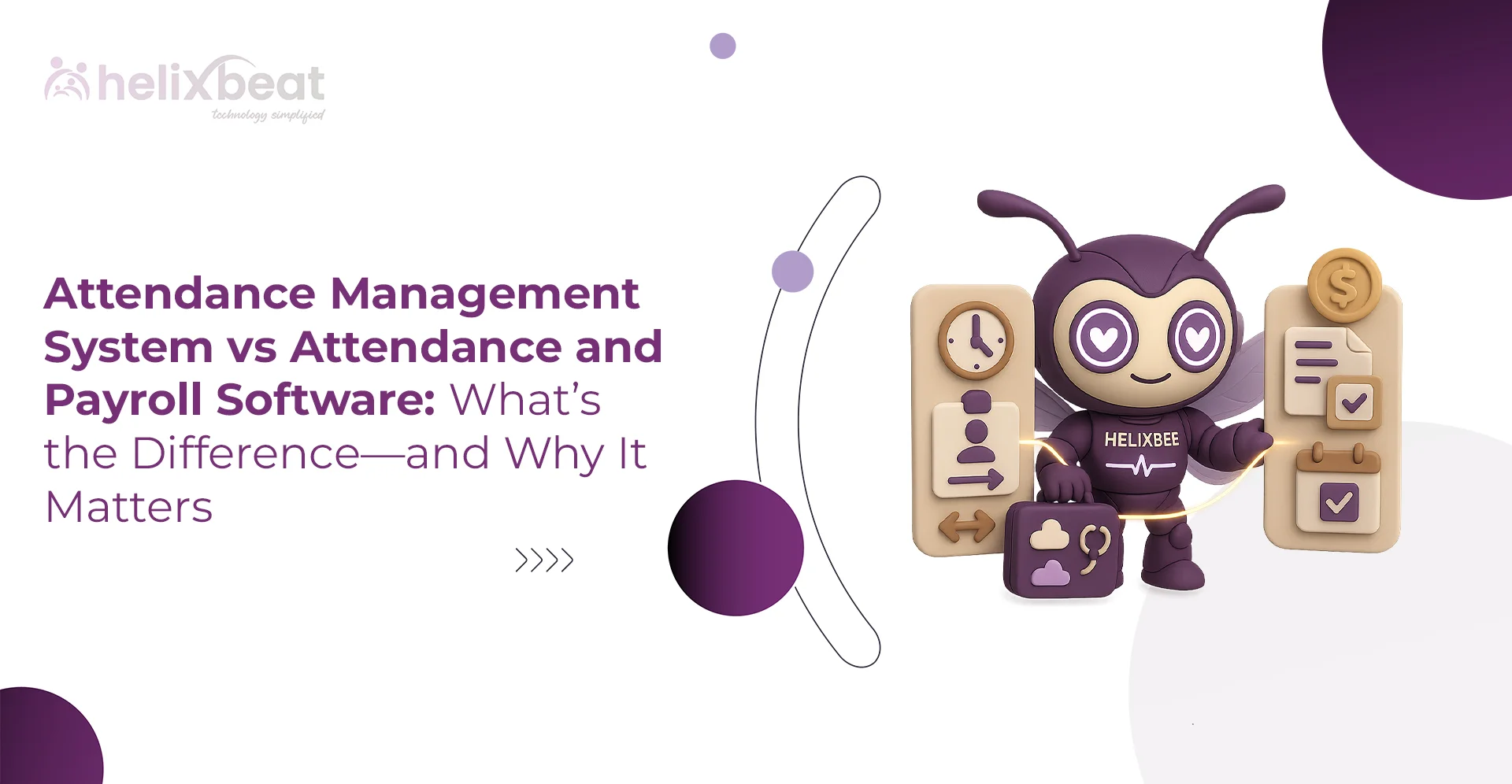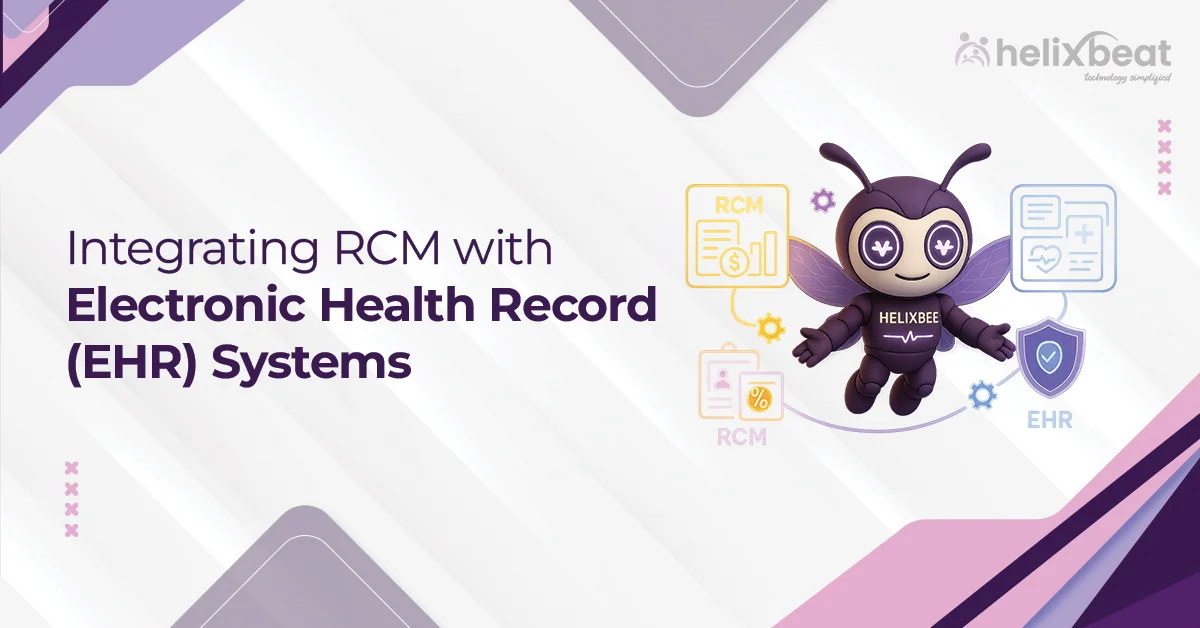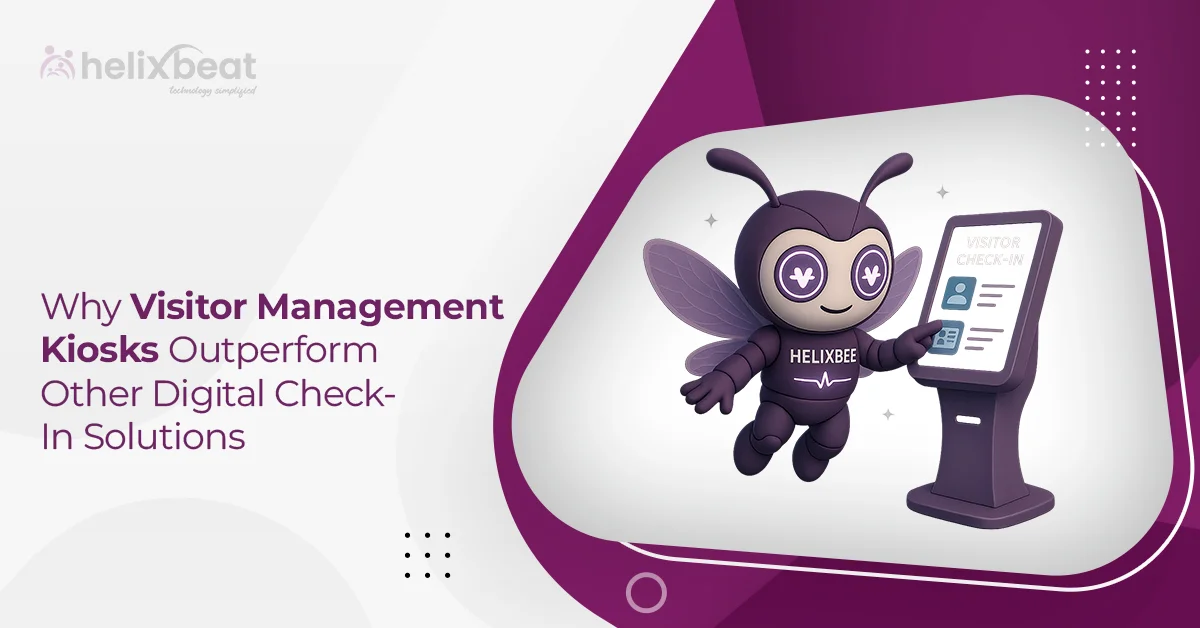In any software project, keeping the quality high is not something you do just once; it’s a continuous part of the development process. That’s where software quality testing plays a crucial role. Two important tools within this process are quality metrics and quality gates. While both aim to improve the final product, they serve different purposes.
Quality metrics are numbers that show how well your testing efforts are going. They help teams understand whether their work is effective and where improvements are needed. In contrast, quality gates are specific rules that must be met before a software build can move to the next stage, like from development to testing or testing to release.
When used together in software quality testing, these tools help teams spot issues early, track ongoing progress, and make better, faster decisions. In fact, a report by Capgemini found that applying clear-quality gates can reduce post-release bugs by up to 40%.
In this blog, we’ll explain how quality metrics and quality gates work hand in hand to support better software outcomes.

Table of Contents
Overview of Software Quality Testing
Software quality testing is the process of checking whether a software application works correctly, meets user expectations, and follows set quality standards. It helps teams find and fix bugs early, making the final product more reliable and user-friendly. This process includes various types of testing, such as functional, performance, security, usability, and compatibility testing.
All of these are usually carried out in a structured way, following the Software Testing Life Cycle (STLC), which involves planning, test case design, test execution, bug tracking, and retesting. By testing thoroughly, teams can reduce risks, avoid costly fixes after release, and deliver better software to users.
Differences between Quality Gates and Quality Metrics
| Aspect | Quality Gates | Quality Metrics |
| Definition | Predefined conditions that must be met before proceeding | Measurable values that track the effectiveness of testing |
| Purpose | Control the flow of the software development process | Measure the quality and performance of testing efforts |
| When Used | At specific checkpoints (e.g., before release) | Continuously throughout the development cycle |
| Nature | Pass/fail decision points | Quantitative data and trends |
| Examples | Code coverage must be ≥ 80%, no critical bugs allowed | Number of defects found, test execution rate |
| Impact | Prevents poor-quality builds from moving forward | Helps analyze and improve test strategies |
Why You Need Quality Gates and Quality Metrics in Your QA Strategy
1. Helps You Catch Problems Early
Quality metrics help track things like how many bugs are found or how much of the code is tested. Quality gates use this information to stop a build if the quality isn’t good enough, like if there are too many high-level bugs. This helps teams find and fix issues before they become big problems later.
A Capgemini report says 61% of companies use early defect detection as a key goal in their QA strategy.
2. Makes Release Decisions Smarter
Instead of guessing whether a build is ready to go live, quality metrics give real numbers like pass rates and bug counts. Quality gates then set rules based on these numbers, such as “no major bugs allowed” before release. This leads to better, safer decisions about when to move forward.
Gartner found that teams using data to guide releases are 45% more likely to launch on time with fewer urgent fixes.
3. Builds Team Responsibility
Metrics show which teams or parts of the software have more bugs or testing issues. Quality gates make everyone—developers, testers, and others meet the same quality rules. This encourages all teams to take ownership and work together to deliver better software.
A DORA report found that teams with shared quality responsibility had 3 times fewer rollbacks and 2 times more successful releases.
4. Helps Teams Improve Over Time
By looking at past data, teams can see what’s working and what’s not, like if bugs keep coming back in the same area. Quality gates then turn these lessons into rules, like requiring certain tests to pass before moving on. This helps teams get better with each release.
A PractiTest survey found that 72% of experienced QA teams use past data to improve, and 53% apply quality gates to make those improvements stick.
5 Tips for Building an Effective Measurement Framework for Your Software Development
1. Define Business-Aligned Quality Objectives First
- Start by identifying what quality means specifically for your product and users.
- Quality goals should reflect business priorities such as performance, security, compliance, or customer satisfaction, depending on the domain you’re operating in.
- For example, an e-commerce platform may focus on uptime and load time, while a healthcare platform may prioritize zero critical defects.
- These objectives must be clearly defined and agreed upon by QA leads, developers, and business stakeholders to guide all downstream measurement efforts and decisions.
2. Choose Metrics That Reflect Process Health, Not Just Test Counts
- Effective measurement frameworks rely on meaningful, outcome-driven metrics rather than volume-based ones.
- Instead of tracking the number of test cases or reported bugs, focus on metrics that give insight into quality trends, such as defect leakage rate, mean time to detect (MTTD), test stability, and code coverage correlated with bug frequency.
- These metrics help assess the health of your testing process and highlight whether your QA efforts are actually reducing risk.
3. Embed Quality Gates Based on Risk Thresholds
- Quality gates should not be static or one-size-fits-all; they must be designed based on risk profiles across stages of the development lifecycle.
- For instance, production-ready builds may require 100% of critical test cases to pass, while internal test builds might allow minor issues.
- Set these thresholds based on what failure in that environment would cost the business, and make them actionable—blocking builds that don’t meet the minimum quality bar.
4. Automate Data Collection and Reporting
- To make your framework sustainable, integrate your testing tools, CI/CD pipelines, and defect-tracking systems so that metrics are collected and reported automatically.
- This not only saves time but ensures real-time visibility for all teams.
- Use platforms like SonarQube, Jira, or Azure DevOps to track metrics and enforce quality gates during builds.
- Automation also enables continuous monitoring and faster feedback loops, especially in Agile or DevOps environments.
5. Continuously Review and Evolve the Framework
- Your measurement framework must evolve as your product grows and your team matures.
- Metrics that were useful during early development may lose relevance post-release.
- Regularly review your framework, ideally every quarter, with input from QA, development, product, and DevOps teams to refine or replace outdated metrics and adjust quality gates.
- This helps you stay aligned with changing project goals and ensures your QA strategy remains effective over time.
Quality Standards in Software Quality Testing
1. ISO/IEC 25010 (Software Product Quality Model)
This standard defines key quality attributes like functionality, reliability, usability, performance efficiency, maintainability, and security. It helps teams evaluate software from both user and system perspectives, ensuring a comprehensive approach to quality.
2. EEE 829 (Test Documentation Standard)
Also known as the Standard for Software Test Documentation, IEEE 829 outlines the structure and content for test plans, test cases, test scripts, and defect reports. It promotes consistency, traceability, and accountability in the testing process.
3. ISO/IEC/IEEE 29119 (Software Testing Standards)
This is a globally recognized series of standards that cover all aspects of the testing lifecycle: test planning, test design, test execution, and test process improvement. It provides a common language and structure for teams working across geographies and industries.
4. CMMI (Capability Maturity Model Integration)
CMMI is not a testing standard alone but a framework that defines maturity levels in software development processes, including QA. Higher levels of CMMI maturity demand well-defined and optimized testing practices that align with overall process improvement goals.
5. Six Sigma for Defect Reduction
Many QA teams adopt Six Sigma methodologies to minimize variance and reduce defect rates in software products. By applying data-driven strategies like DMAIC (Define, Measure, Analyze, Improve, Control), teams can maintain high standards in product quality and process efficiency.
Why Choose Helixbeat for Software Quality Testing
At Helixbeat, we help you deliver high-quality software that meets user expectations and business goals. Our software quality testing services are designed to identify bugs early, improve system performance, and support faster, more stable releases.
We align our testing approach with your development process, whether you’re using Agile, DevOps, or a custom workflow. With a focus on functionality, performance, and security, our team uses advanced tools and industry best practices to test every part of your application.
You’ll get clear, actionable insights that help your team make informed decisions at every stage of development. Partner with Helixbeat to strengthen your QA strategy. Contact Helixbeat now for a free consultation.
FAQ:
1. What is quality testing in software?
Quality testing in software is the process of checking whether a software product works correctly, meets user needs, and follows specific requirements. It involves identifying bugs, measuring performance, testing features, and verifying security to make sure the software is stable, reliable, and ready for release.
2. Short note on system integration testing in software quality testing
System Integration Testing (SIT) checks how different modules or systems work together as a whole. It ensures that individual components like APIs, databases, and third-party services communicate correctly and perform as expected when integrated. SIT helps catch issues that may not appear during individual module testing.
3. What is Quality Metrics in software development?
Quality metrics are measurable values used to track the effectiveness of the testing process and overall software quality. Common metrics include defect density, test coverage, test pass rate, and mean time to detect bugs. These metrics help teams make informed decisions and improve future development cycles.
4. What is Quality Gates in software development?
Quality gates are predefined conditions that must be met before a software build can move to the next stage, such as testing or deployment. These gates act as checkpoints that block poor-quality builds based on criteria like code coverage, critical bug count, or performance test results. They help maintain consistent standards throughout the development lifecycle.
5. Short note on quality standards in software quality testing
Quality standards in software testing are formal guidelines that define how to plan, perform, and document testing activities. Common standards include ISO/IEC 25010 for product quality, IEEE 829 for test documentation, and ISO/IEC/IEEE 29119 for the testing process. These standards promote consistency, transparency, and better quality outcomes across projects.














